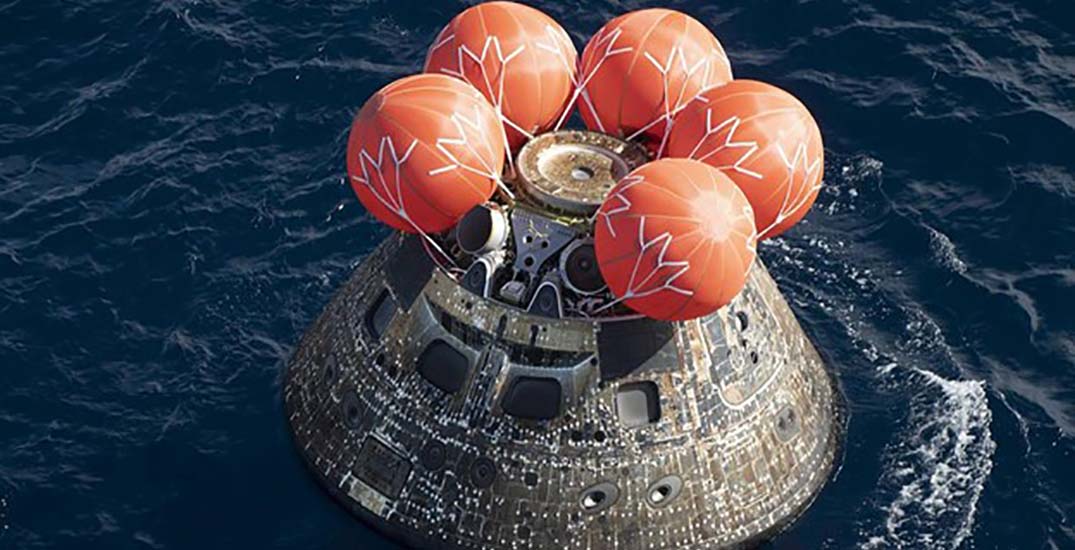Last week (16 November 2023) marked the one-year anniversary of the successful launch of NASA’s Artemis I mission to the moon – the first in a series of missions that will ultimately see the space agency return humans to the moon.
Preparations for Artemis I required an extensive amount of testing and analysis of the Orion spacecraft’s flight software. Orion developer and prime contractor Lockheed Martin needed to simulate the performance of the spacecraft under different conditions and scenarios to ensure optimal performance of the flight systems and return Artemis I safely to Earth.
To do so, Lockheed Martin selected Red Hat OpenStack Platform and Red Hat Enterprise Linux to create a secure private cloud environment for hosting simulation builds, testing, and analysis of the Orion spacecraft’s flight software.
Red Hat OpenStack Platform: deploying simulation built and test environments, efficiently
Lockheed Martin’s software developers used Red Hat OpenStack Platform to host simulation build and test environments for end-to-end runs and perform functional testing of the flight system. Developers ran multiple versions of the flight software in parallel, which helped optimise hardware use and lower demands on operations teams.
The software developers also relied heavily on Red Hat OpenStack Platform’s automated capabilities. The Lockheed Martin team created a standardised service catalogue of evolving virtual machine images that could be deployed quickly, repeatedly, and consistently. Retirement defaults and shutdown procedures were also automated to maximise efficient resource utilisation. This helped save the team significant time that would otherwise have been spent attending to these procedures, freeing them up to focus on accelerating the pace of innovation.
Red Hat Enterprise Linux: support for a successful simulation, from launch to landing
Red Hat Enterprise Linux is the standard operating system for mission simulations. The world’s leading enterprise Linux platform gave Lockheed Martin the stability, security, high performance, and dependability needed to perform a successful simulation from launch to landing. With the support of Red Hat OpenStack Platform and Red Hat Enterprise Linux, the Lockheed Martin team successfully built, tested and proved a 28-day simulation across different scenarios. The simulation was completed well ahead of the launch of Artemis I, helping to propel NASA’s safe and triumphant return to the Moon.
Looking ahead to Artemis II
NASA’s next mission, Artemis II, is scheduled to launch in late 2024. This Artemis mission will have crew members aboard, making it the first NASA crewed mission to the Moon since Apollo 17. With human lives at stake, it will be even more critical to analyse, test, and prepare for a successful and safe flight. Lockheed Martin, NASA, and Red Hat will be working together to make sure that the launch and return of Artemis II goes just as smoothly as its predecessor.
Featured picture: Credit – NASA

